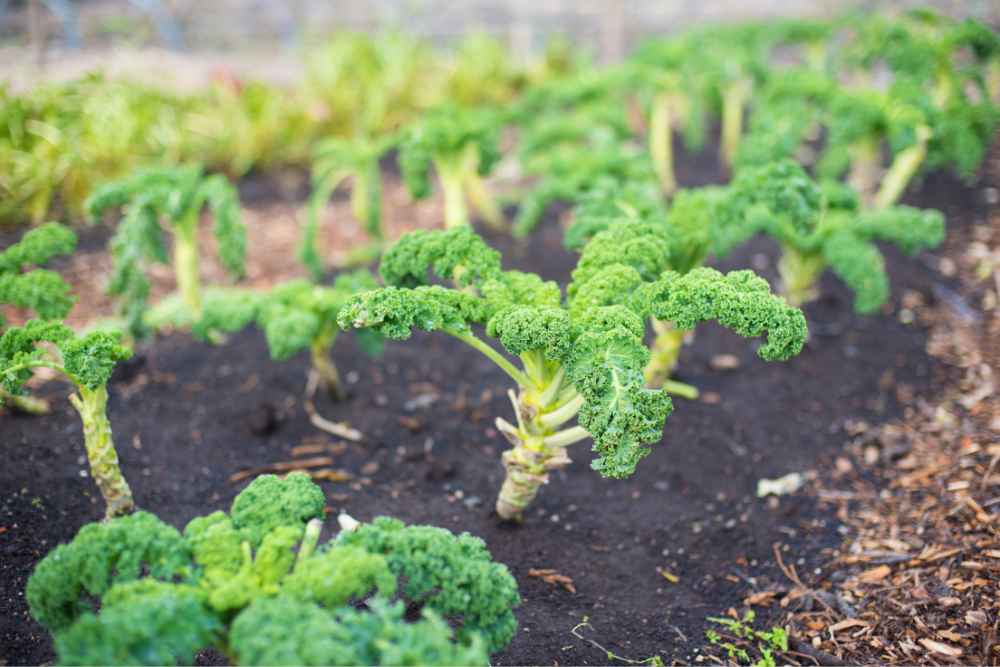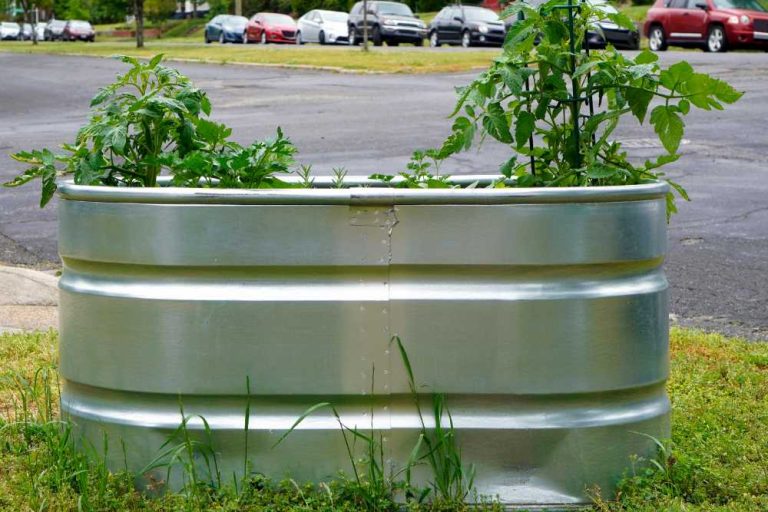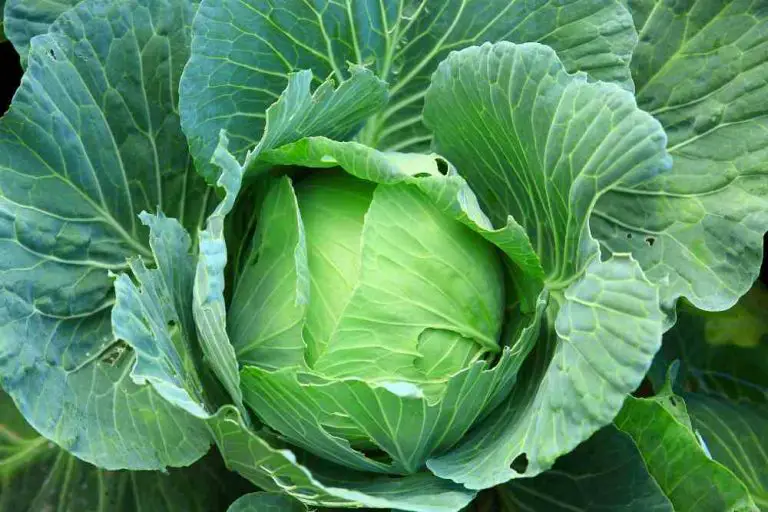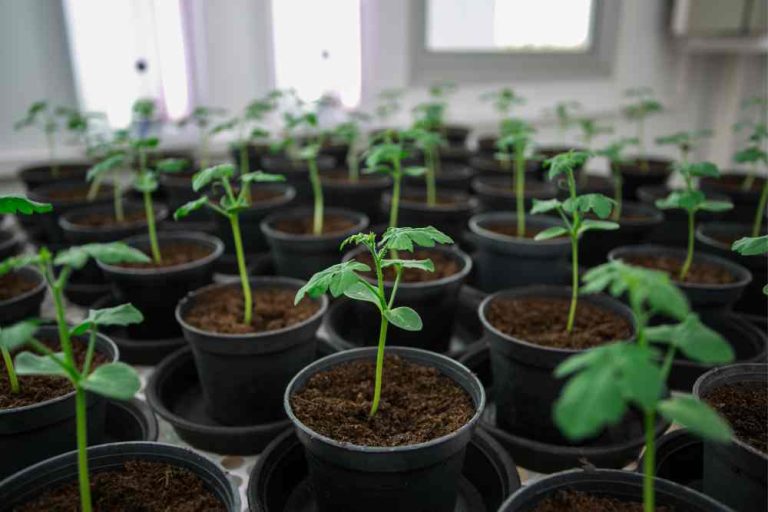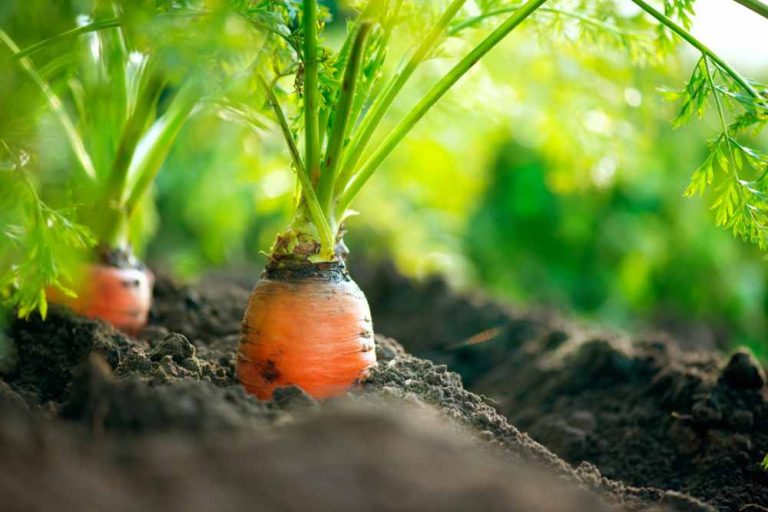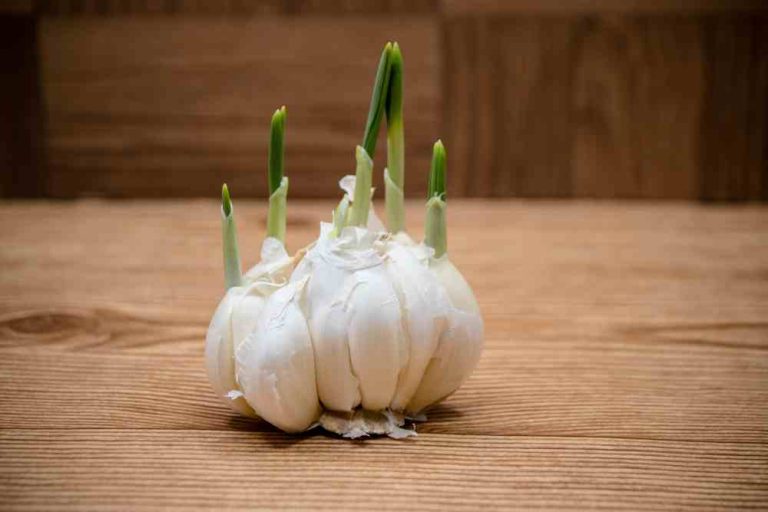Growing Kale at Home: A Complete Guide to Cultivating Fresh and Nutritious Kale
Kale is a bright green leaf that you can eat raw or cooked. Growing kale starts from seed to harvest in about three months. This superfood has been on the table since Roman times and has long been common throughout Europe. The vegetables come from the cabbage family, which includes broccoli, cauliflower, and collards.
It’s full of fiber, iron, calcium, and vitamins K, A, and C. Also, your favorite salad isn’t the same without it. Yes, kale is amazing – and the best way to get more of it is to grow your own. It is also easy to grow kale from seed. Also called borecole, kale is a member of the cabbage family, brassica. It is hardy and grows best in cooler temperatures – cold days give the leaves a sweeter taste.
Cool and hardy, kale is an easy-growing member of the cabbage family. You can plant very early in the spring if you protect the young plants from the harsh cold winds with a cover. They will grow steadily for several months until the warm days arrive.
It is very easy to grow kale. A tolerant plant that tolerates cold temperatures and sun shade conditions – just three hours of sunlight are enough even if it grows well in full sun to get light shade in well-fertile soil.
If you are transplanting seedlings in your garden, leave at least 12 cm (30cm) between each plant, and 18 cm (45cm) between rows when they grow into large plants. Adding well-rotted manure to the soil before planting will make the carrot a good start, and you can replenish it with all-natural nutrients to provide it occasionally.
Type Of Kale
- Kale Olioly – Bright green leaves, the most common type of kale.
- Kale Dinosaur – A curved green leaf attached to a thick stem.
- Redbor kale – A deciduous leaf that varies in color from bright red to purple.
- Portuguese Kale – From the Mediterranean, this lesser-known species of kale has large, broad, flattened leaves similar to oars with thick white blood vessels. It is more reminiscent of collard greens than the real kale we all think.
When To Grow Kale?
Growing kale is well at temperatures of 35 to 75 degrees, but is most happy between 60° and 70° F. It is generally considered a ‘cold seed’. it, like its fellow members of the brassica plant family, such as cabbage, and broccoli.
In most places, growing kale has two distinct seasons: spring and autumn. However, in temperate climates with mild summers or small winters without frost, kale can grow for up to a year, or more! Kale grows well as an autumn crop in many areas – where there is a cooler season to come. This is because kale does not tolerate excessive heat due to cold. In fact, kale leaves are sweeter in colder climates, and create a sweeter taste after a frosting!
How To Start Growing Kale Seeds?
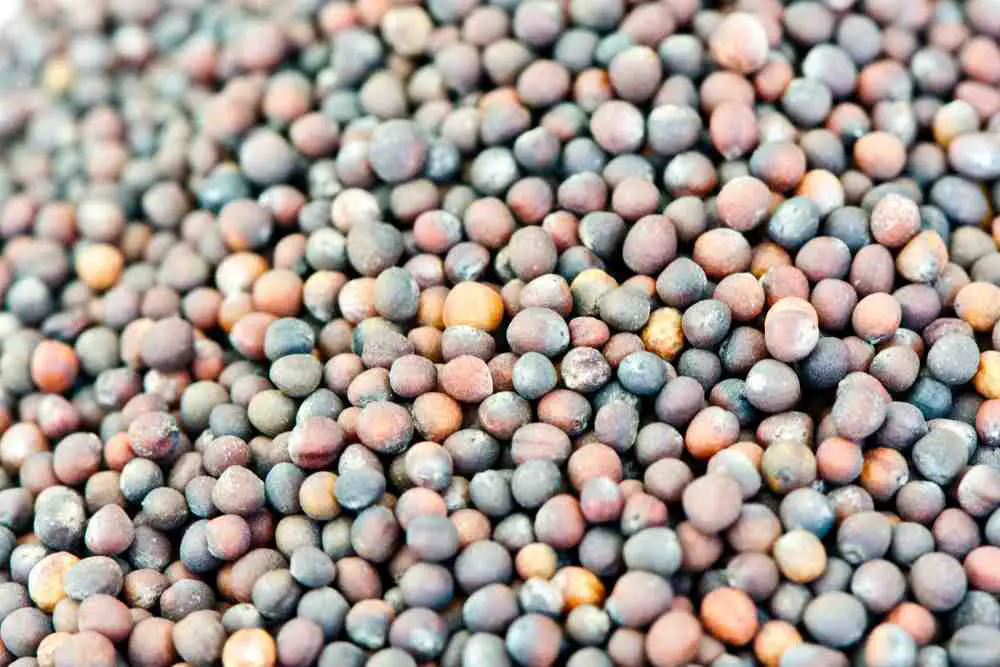
If you start growing kale with kale seeds inside, you can sow the seeds with compost in a pot, gently covering them with manure and water. If desired, you can soak the seeds in warm water for 24 hours before sowing. This should speed up their germination.
Although growing kale will produce in hot weather, there is a tendency to become woody and bitter. Best when left to mature in cold weather. Start seeding at home about six weeks before the last frost to give the plants maturity before the worst heat of summer.
Generally, plant seedlings outdoors in late winter to early spring, 3 or 4 weeks before the date of the last cold day. Seeds can be started at home even a few weeks in advance. Protect soft seedlings from hard frost after planting with masks or cloches.
Sow kale seeds in light soil and bury them well to a depth of ¼ to ½ inches. Maintain constant moisture during germination. If you start them indoors, be careful to provide enough light to avoid long seedlings and legs. Sowing seeds directly outdoors can lead to slow and inconsistent germination. Small shoots are also susceptible to insects on the outside.
How To Grow Kale?
If you grow kale during the cold season, make sure your crops get full sun. If you grow it during the warmer season, plant it in partial shade. Kale is friendly with beets, celery, cucumbers, vegetables, onions, spinach, chard, and potatoes. Not happy growing near beans, strawberries, or tomatoes.
Growing kale will benefit if good fertilizer is added to the soil before planting. And good mulch also helps keep the plants moist and free of weeds. Remove all shoots to encourage healthy leaf production. Kale roots run horizontally from the central stem. Use straw or grass at the base of the plant to cool the soil, store moisture, and facilitate root nutrition.
Growing kale will be always best in full sun, but also kale tolerates partial shade. Plants that get less than 6 hours of sun a day will not have as many leaves or foliage as those that get a lot of sunlight, but will still eat a lot! Like collards, kale loves fertile soil to grow quickly and produce soft leaves.
Fill the soil with compost and compost before planting the seedlings. Apply compost and lime according to test recommendations. If you forget to test the soil, make nitrogen-rich adjustments such as blood feed, plant seeds, or manure in the soil before planting.
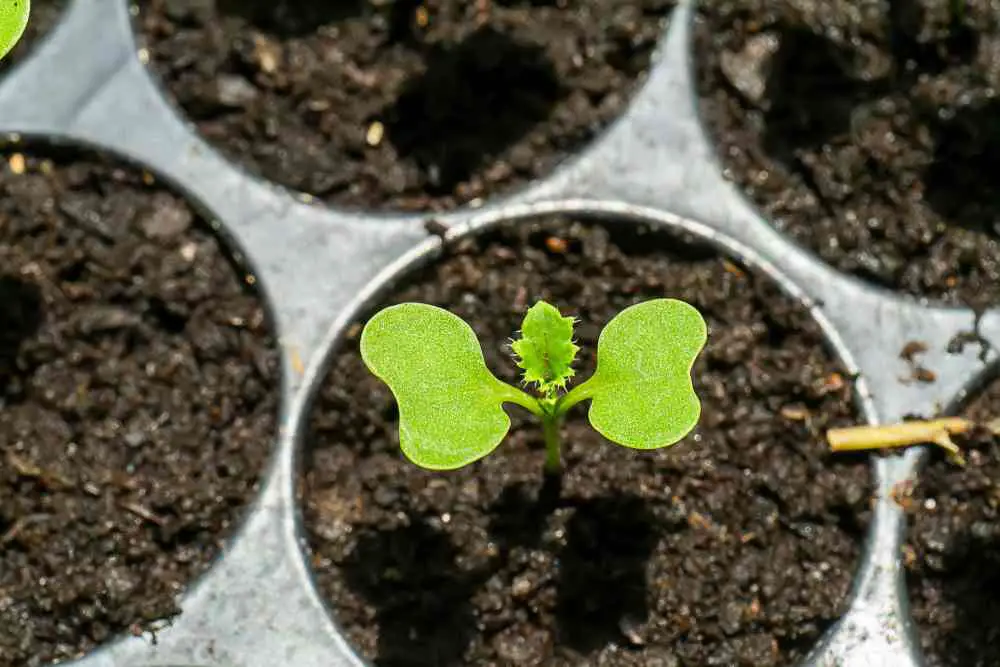
At this point, you may need to be patient, as kale planted in the spring may stay for a while until the soil temperature is a bit warmer. Kale planted in late summer or early autumn can be disturbed in hot weather. Then, as conditions improve, the plants will emerge, and multiply rapidly.
Soil condition: Kale grows in fertile, cool, and regularly moist soil. The soil should also be well drained. This is not an unbelievable ‘heavy feeder’, although it is better to fertilize the soil with aged manure and/or well-balanced natural manure before planting carts.
Sun: Kale grows best in full sun to partial shade. Be prepared to give your kale plants at least 6 to 7 hours of direct sunlight each day. If you’re planting kale in the spring with a warm summer day on the horizon, think of a planting spot that gets afternoon shade.
Before planting, prepare the soil with a soft, well-drained fertilizer. Shortly after sowing, we water the seedlings by collecting dirty weeds to feed them and overcome any that might be affected by transplanting.
There are a number of ways you can extend your wagon planting season, either in the warmer summer months or in the depths of winter. The first step is to choose a variety that best suits your temperament and the season you want to plant kale. For example, Premier and Portuguese kale are known to be among the most heat-resistant varieties. Therefore, it is easier to bend in hot weather after spring planting. We also found the Dazzling Blue to be heat tolerant.
Most cartilages are biennials, which means they will take about two years before producing flowers and seeds. However, if you are planting calories for the leaf harvest, it is likely to replace them every year and it will be more effective.
Kale can grow well in pots or upright beds as in the open ground. Plants can grow up to two meters in height when mature, so use large pots – at least 12 inches (30cm) in diameter – filled with compost mixed with compost to improve drainage.
Kale Harvest
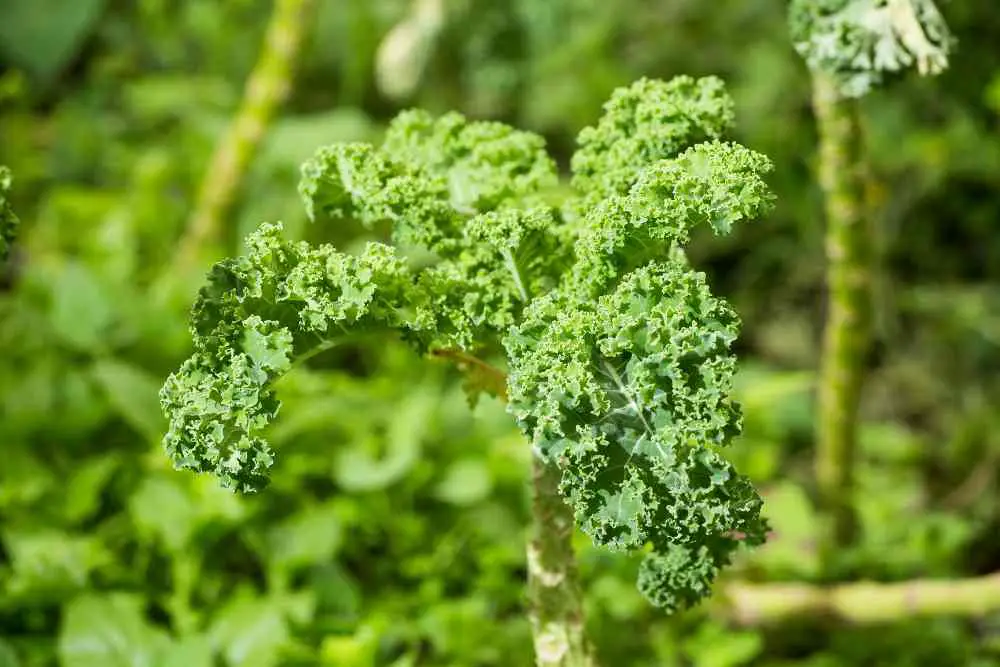
They are some things that people really get wrong with their calendars. The fact is that kale loves to be harvested! Often, and to a lesser extent. The more you harvest, the newer leaves grow, and the longer and bigger they grow — so don’t delay! Also, the kale leaves left to settle on the plant harden over time.
Like collards, kale leaves are the sweetest in autumn, after being touched by light frost. Select the oldest leaves in the lowest part of the plant, and discard those that appear yellow or torn. Pick as many leaves as you like, while leaving at least 4 leaves on top of each plant.
Now is harvest time when the leaves are the same size as your hand. Select them individually, starting with the lowest and outermost leaves and moving to the center. Always leave the small middle leaf attached to encourage growth. In most cases, you can harvest from one plant again in five to seven days.
Kale: Problem-Solving
Another good reason for planting kale is the pest-free members of the Brassica family. The biggest problem comes from greedy birds, so use a bird feeder and net your produce. Kale often grows as an unsuspecting crop, but there are many insects that love kale as much as people do. The bright green worms often have a chewing hole in the leaves of the cartilage.
- 20+ Chic Boho Bedroom Ideas for a Cozy and Stylish Retreat - June 20, 2024
- 12+ Modern Boho Living Room Ideas to Create a Unique Oasis - June 10, 2024
- 10 Stunning Canopy Bed Ideas for a Dreamy Escape - May 16, 2024

